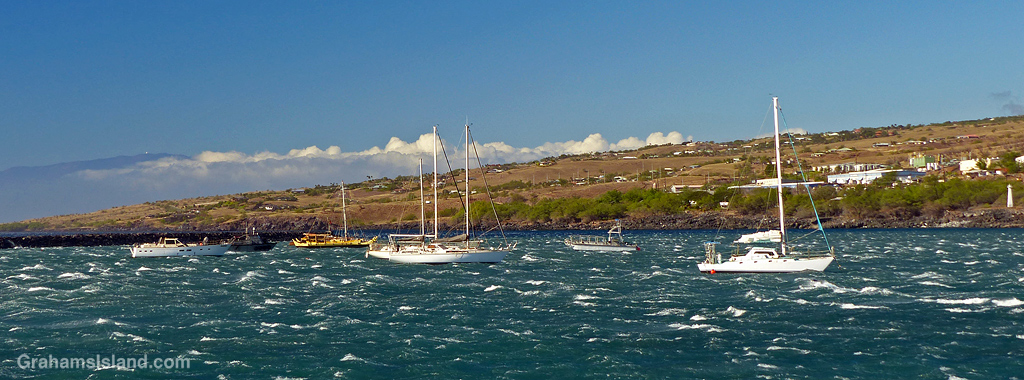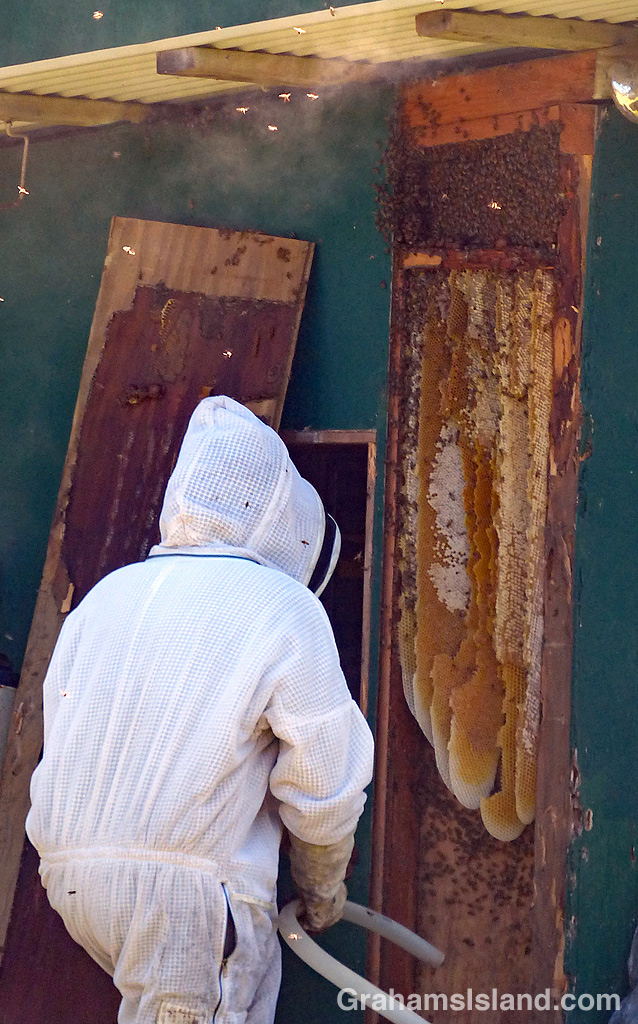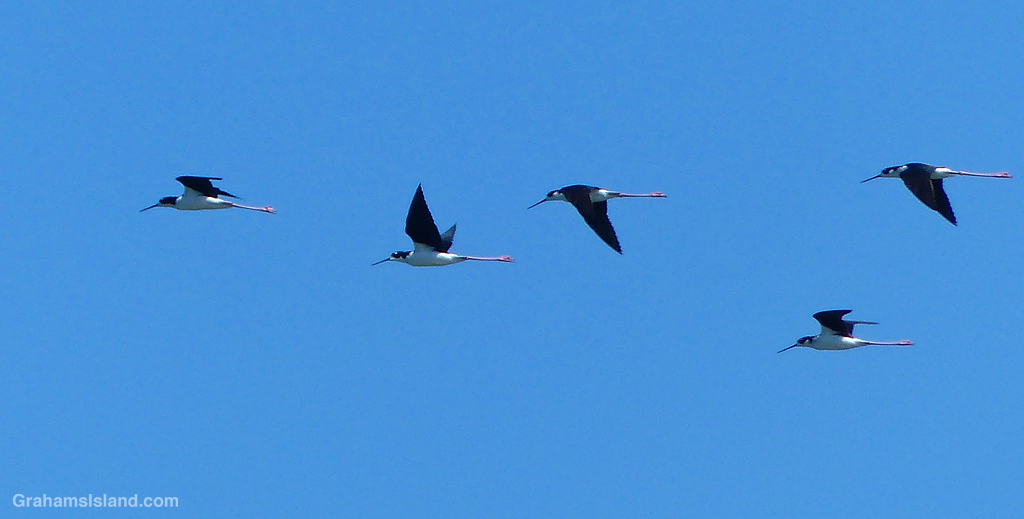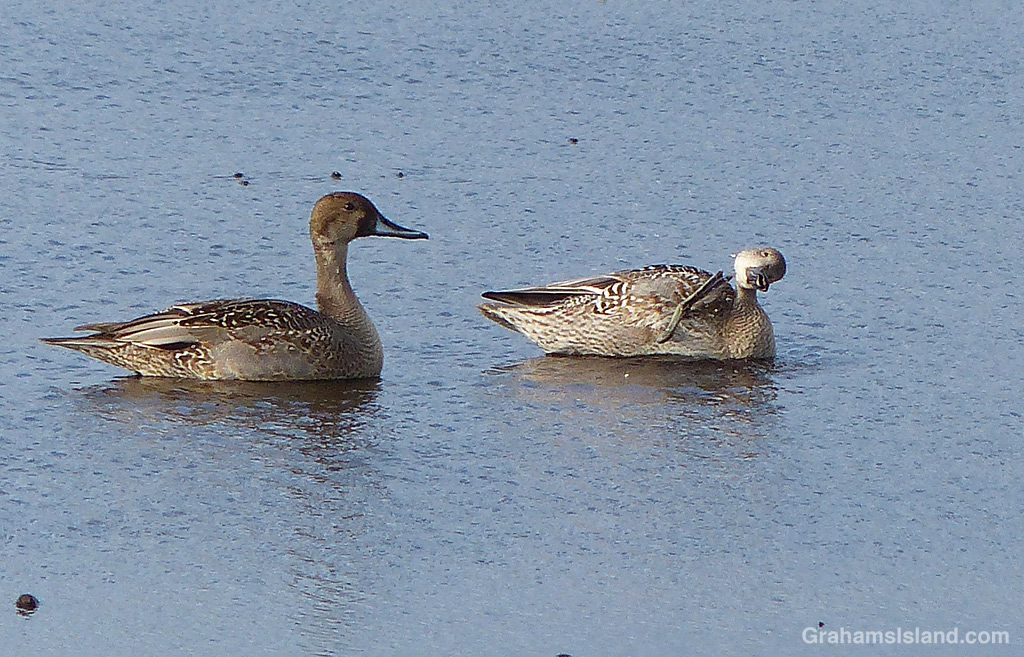
The idea of The Numbers Game is to enter a number into the search bar of your computer and then post a selection of the photos that turn up. This week’s number is 139. Captions are on the photos.
You can see more responses here.







The idea of The Numbers Game is to enter a number into the search bar of your computer and then post a selection of the photos that turn up. This week’s number is 139. Captions are on the photos.
You can see more responses here.






The Hawaiian Stilt or Ae’o is endemic to Hawaii and is a subspecies of the mainland Black-necked Stilt. It’s listed as endangered with a population of around 2,000 birds, a number that has been increasing very slowly over the last few years.
Their plight is due to the usual reasons. They were popular hunting targets until that was banned in the 1940s. But a variety of predators, including cats, dogs, mongooses, and other birds such as Barn Owls and Cattle Egrets, are still a significant threat. So too is loss of habitat, mostly shallow wetlands, to development, agriculture, and pollution.
These three were at Kohanaiki Beach Park, where Hawaiian Stilts can often be seen feeding and nesting. The two on the left seemed to have nodded off and didn’t move while I watched. But the third was fidgety, preening and looking around, then tucking its head away, before repeating the process several times.
Posted for Bird of the Week LVI.




This week’s Sunday Stills challenge theme is ‘Feed the Birds.’ See more responses here.
I don’t feed the birds here, but they seem to have no trouble feeding themselves, with the notable exception of the one in the top photo. Here’s a selection.





This week’s Sunday Stills Monthly Color Challenge is ‘Pink.’ See more responses here.
The top photo is an appropriately named Pinktail Triggerfish. Below, we have a Gold Dust Day Gecko cleaning the windows, a pink hibiscus fronting an orange tree, and an Hawaiian Stilt with an itch.




My final post in response to this month’s Becky’s Squares challenge theme of ‘Odd.’ See more responses here.
The stilts are odd enough in themselves, with their pink legs and long beaks, but it was the lighting in this image that got my attention. The sun was sinking and the shadows lengthening. But the distinctive lighting in this photo was due to the reflection from a cream-colored trailer parked beside the pond!



This week’s Sunday Stills challenge theme is ‘Pink.’ See more responses here.
I saw these two Hawaiian stilts at Kohanaiki Beach Park. They were in a pond at the south end of the park and, when I arrived, one was already making a lot of noise. I think this was because another person was walking on the path bordering one side of the pond. My arrival meant that the wading bird kept up its noise as it moved across the pond, away from the bird on the nest.
I took some photos and moved on. When I returned from my walk, 90 minutes later, all was quiet. The bird on the nest was still there, the other was gone. I looked around and saw the other bird in a neighboring pond, at which point, the bird saw me. It immediately began making a lot of noise and then flew back to the pond where the nest was. After a splashy landing it gathered itself, gave me a long look and then began wading along the edge of the pond, probing for snacks. It occurred to me that this bird’s very demonstrative behavior was mostly to get my attention and, by doing so, draw it away from the nesting bird. It kept up its noise, kept moving away from the nest. When I left, the bird quietened immediately. Hawaiian stilts are known for robustly defending their nests and also for such acts as feigning injury to draw attention away from the nest.
The Hawaiian stilt (Himantopus mexicanus knudseni) is considered a sub-species of the North American black-necked stilt. In Hawaii it’s called the aeʻo. It’s an endangered species and, while the population is considered stable or increasing slightly, it’s estimated that the total population is less than two-thousand birds.
In the little-known-fact department, the Hawaiian stilt’s long, pink legs are the second-longest legs in proportion to their bodies of any bird. Only flamingos rank above them in this regard.





Hawaiian stilts are endemic, but also endangered because of loss of habitat and a rise in predators. They’re easy to identify with their strong black and white coloration, long black beak, and even longer pink legs. This one was wading in deeper water than I usually see them, probing for arthropods and insects.
’Aimakapa Fishpond, in Kaloko-Honokohau National Historical Park, is a good place to see the endemic Hawaiian stilt. Mostly they’re seen wading in the shallows, probing the mud with their long beaks. On this day, however, they took to the air.
I enjoy taking photos of birds in flight, but it’s a challenge. Challenge number one is getting them in the frame. Then there’s the small matter of tracking them and getting settings right. I’m constantly experimenting with the best way to get the picture. Usually I find that by the time I’m organized they disappear behind some trees or settle down again on the flats.
This time the birds were unusually cooperative. They headed out over the water, circled back and returned from whence they came. And they did this more than once so I was able to get a bit of practice in.
I do like seeing birds shot, photographically speaking, against a clear blue sky, particularly the stilts with those long, pink legs. But I also like the context of the water and greenery surrounding the fishpond. I don’t know what the white birds are as this fleeting pass was as good a look as I got. They might be some kind of gull, though gulls aren’t especially common in Hawaii.
For more information about Kaloko-Honokohau National Historical Park, go to nps.gov/kaho/index.htm.